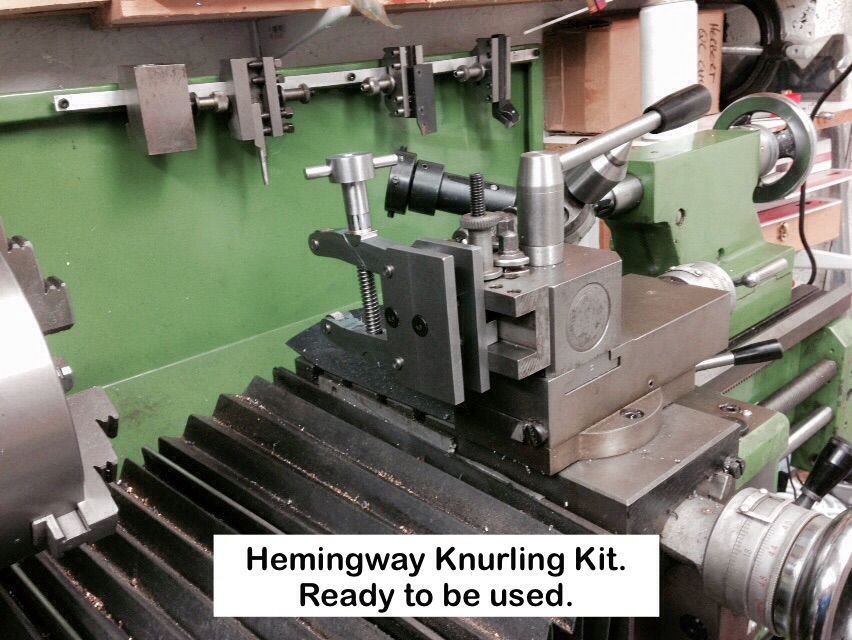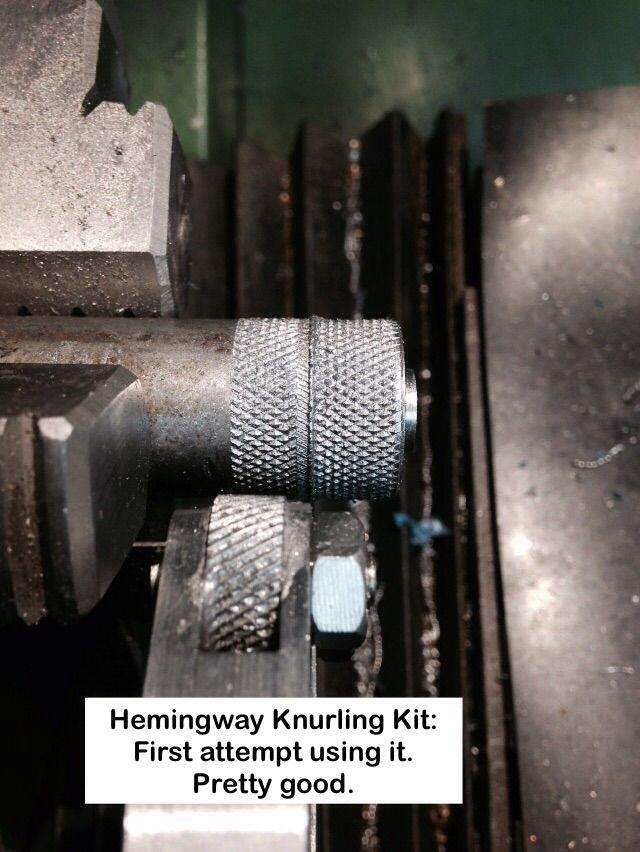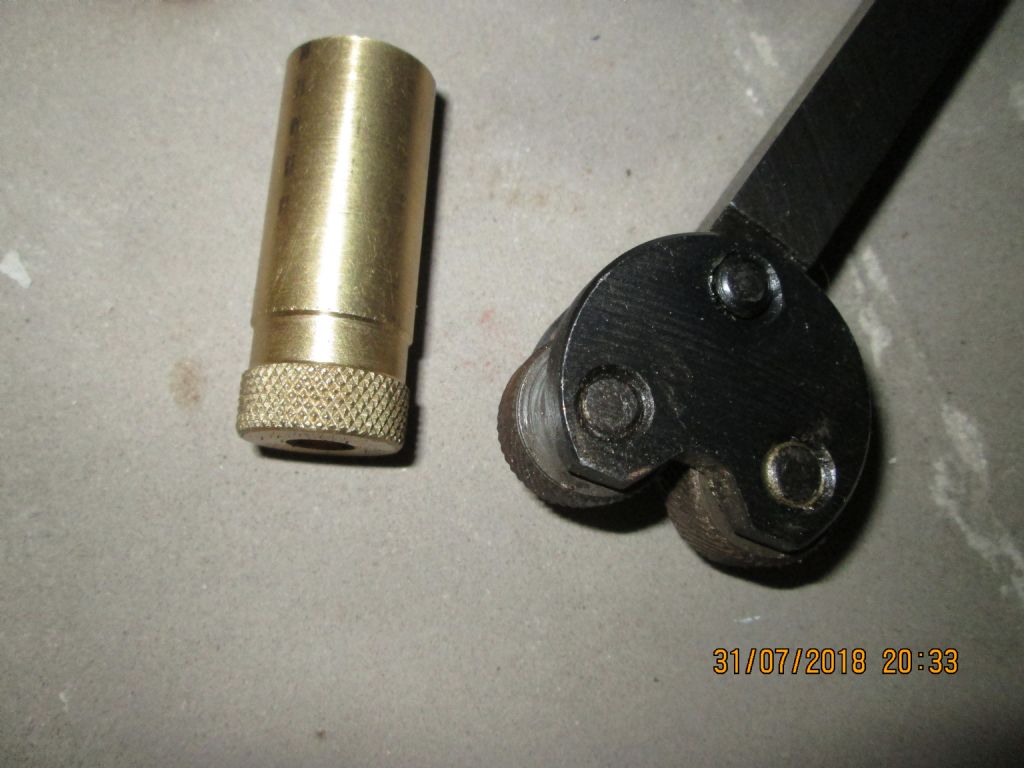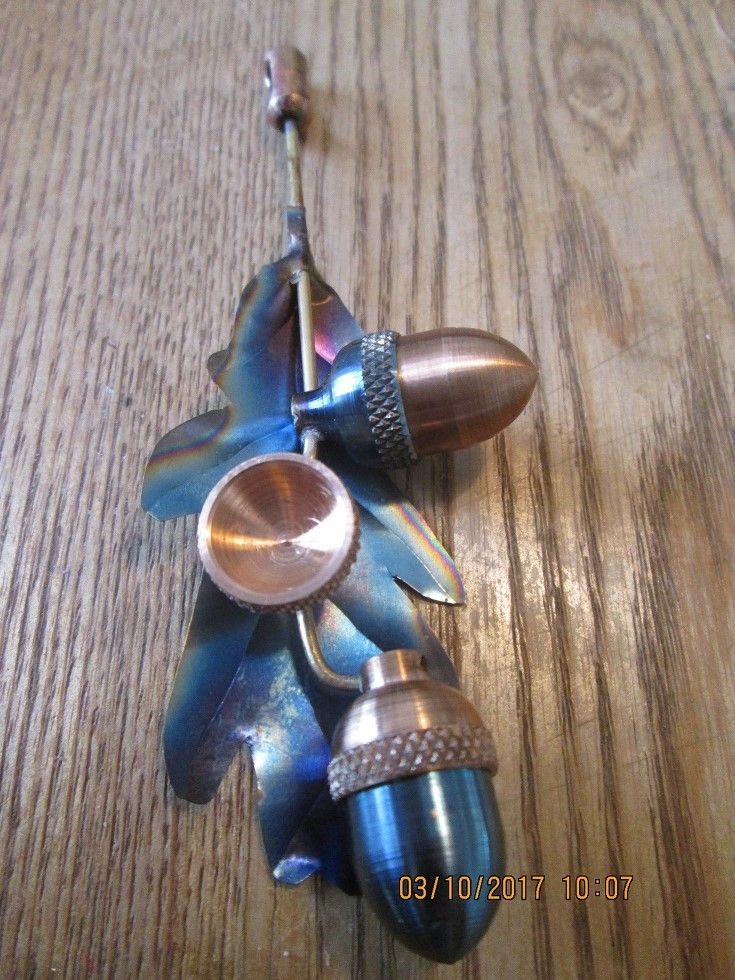Knurling Tools
Knurling Tools
- This topic has 41 replies, 24 voices, and was last updated 31 July 2018 at 22:17 by
Mick B1.
- Please log in to reply to this topic. Registering is free and easy using the links on the menu at the top of this page.
Latest Replies
Viewing 25 topics - 1 through 25 (of 25 total)
-
- Topic
- Voices
- Last Post
Viewing 25 topics - 1 through 25 (of 25 total)
Latest Issue
Newsletter Sign-up
Latest Replies
- Hello.
- Modular 3/4 inch TE info required
- Weird electric actuator action
- Mercer comparator gauge repair help.
- Painting mating surfaces
- 125 mm chuck onto my lathe
- interchangeable Myford beds
- Indicator bulb with bayonet mount needed
- Warco Super Major Milling Machine – Stripping Gearbox
- Smart & Brown Model L lathe help required


 Square shanks so that a spanner could be used on it. Crazy dated exercise as every one used hex socket screws for fixings and had done for tears
Square shanks so that a spanner could be used on it. Crazy dated exercise as every one used hex socket screws for fixings and had done for tears






